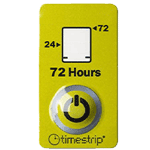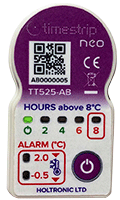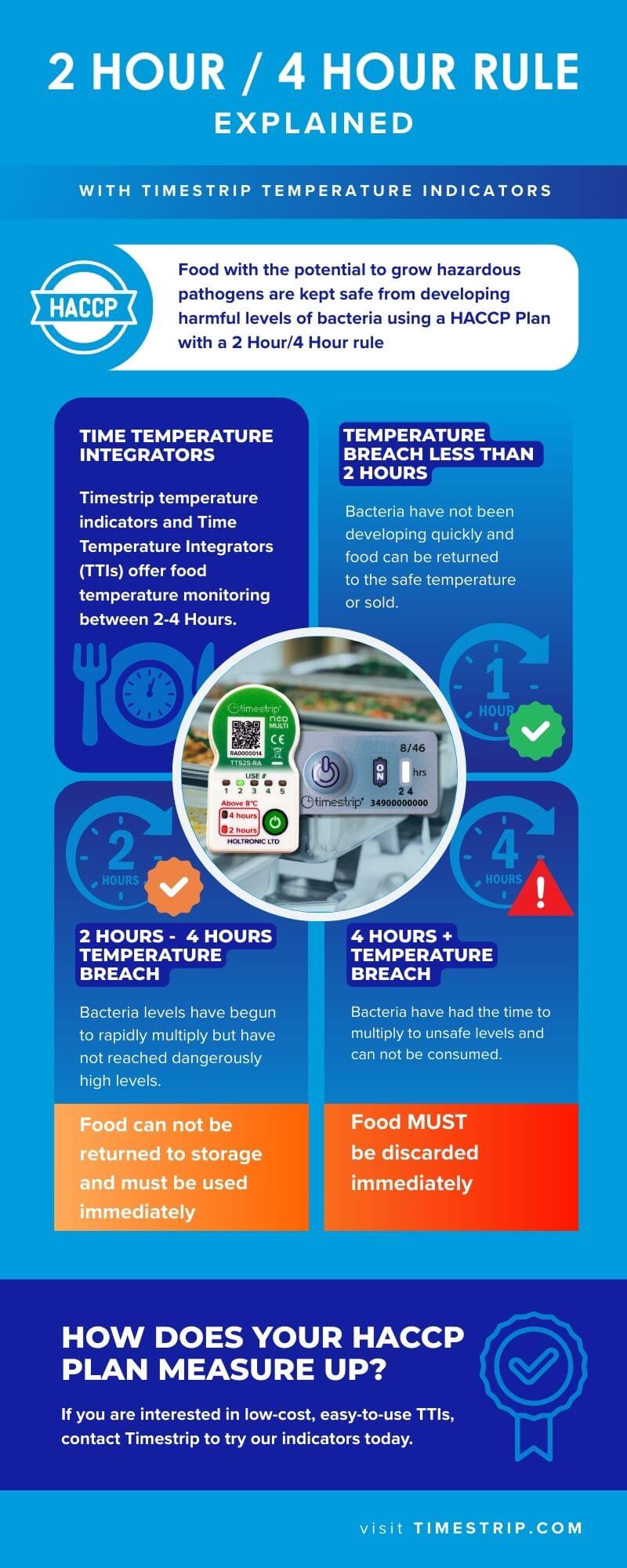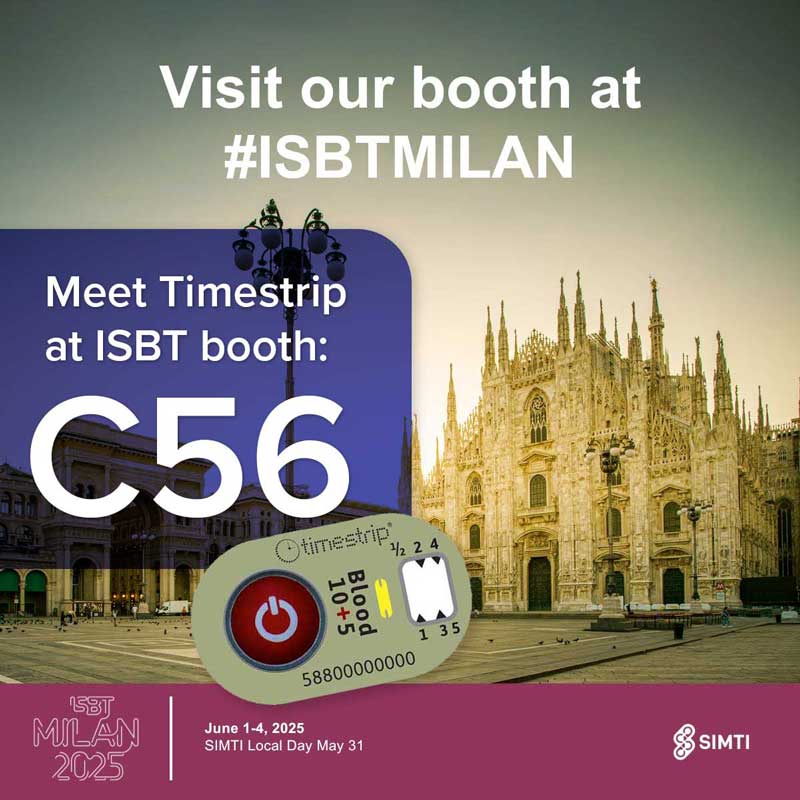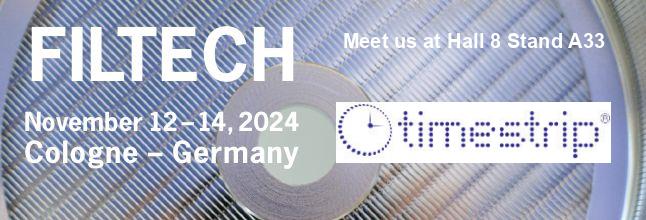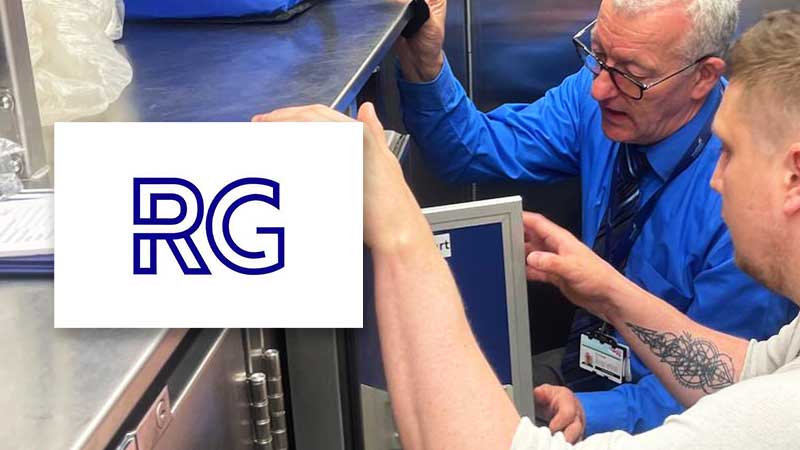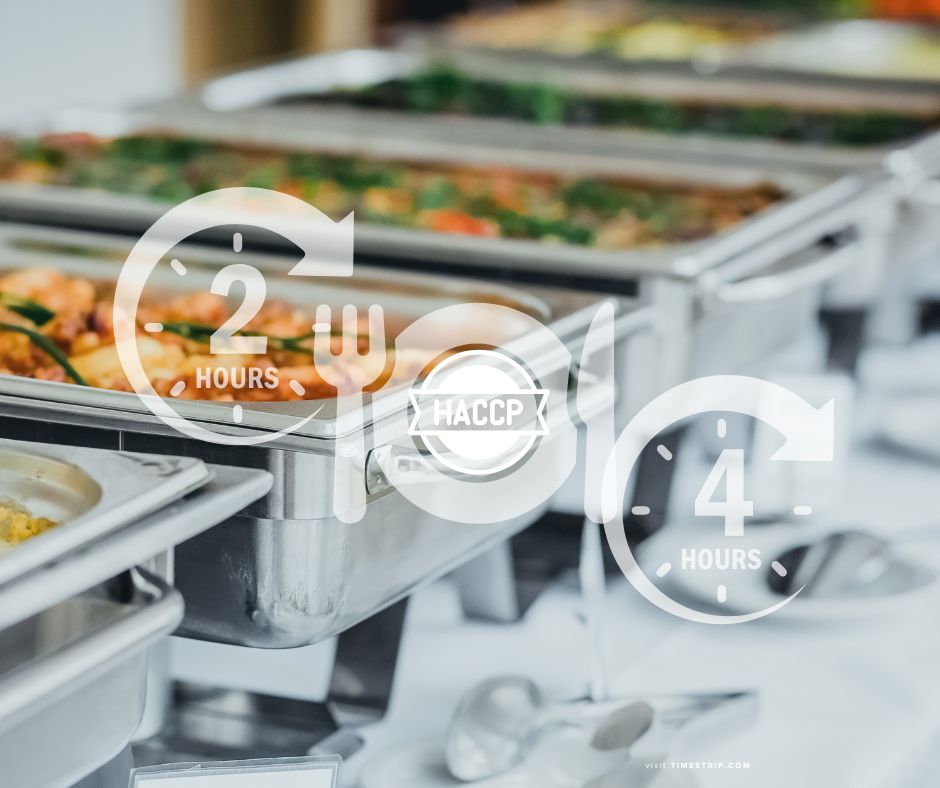
2-Hour / 4-Hour Rule Explained
The ‘2-hour / 4-hour rule’ is a simple guide for food businesses that helps decide what to do with food that has been removed from refrigerated conditions.
It can be a useful way to make sure that potentially hazardous food is safe when kept at room temperature. Please remember that rules differ in different jurisdictions, and local regulations should always be consulted.
The rule is based on empirical evidence based on the speed of microorganism growth in food at temperatures between 5°C and 60°C. Naturally, some foodstuffs require greater care than others, including milk and dairy products, eggs and poultry as well as cut melons and tomatoes.
How does the 2 Hour / 4 Hour rule work?
To avoid the growth of food poisoning bacteria to unsafe levels, after removal of the food from refrigerated conditions into conditions of between 5°C and 60°C (41°F and 140°F):
- If the time in the ‘out of fridge’ condition is less than two hours, the food can be used or sold, or it can be returned to the fridge for later use.
- If the time out of fridge is between two and four hours, the food is suitable for use or sale, but cannot be put back in a refrigerator.
- If the time out of fridge is more than four hours, the food cannot be used and must be discarded.
When measuring how long the food has been at room temperature, remember that this period is cumulative, and should include all the time spent in preparation and display, and transit time should also be included.
Time and temperature monitoring for the 2 Hour / 4 Hour Rule
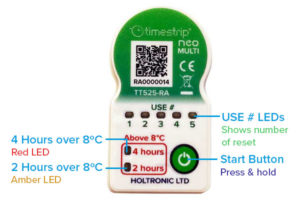
As the indicators are small, light and highly cost effective, they can be attached to individual food packs or used at pallet level. Use with individual packs of food will ensure that temperature profiles in larger consignments are monitored.
Rail Gourmet (RG) uses Timestrip neo TT5252-RA to travel with food consignments on board the UK’s TransPennine Express trains. The indicators are attached to each chilled cabinet, and with confirmation of the time / temperature journey of the food to be served on the move, substantial waste was avoided.
“The neo Multi has worked very well for us; its reliability and simplicity are its greatest attributes in our application. We have been able to avoid unnecessary waste and make substantial savings” said Paul Hewitt, Operations Manager of RG.
Timestrip neo indicators are normally irreversible and any breaches to expected conditions are shown by LED displays on the front of the indicator, making them simple to use without specialist training.
The Timestrip neo range can be configured to cover bespoke time intervals, and can simultaneously monitor the associated temperature levels.
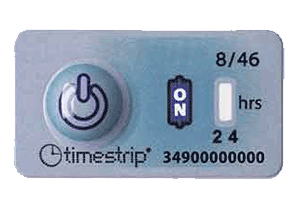
In addition to these examples, several large airlines are using Timestrip indicators to ensure the freshness and safety of their food served on the move.
This simple 2-hour / 4-hour rule can reduce the risks associated with food storage and keep customers safe to enjoy food at its best.
Other useful information:

